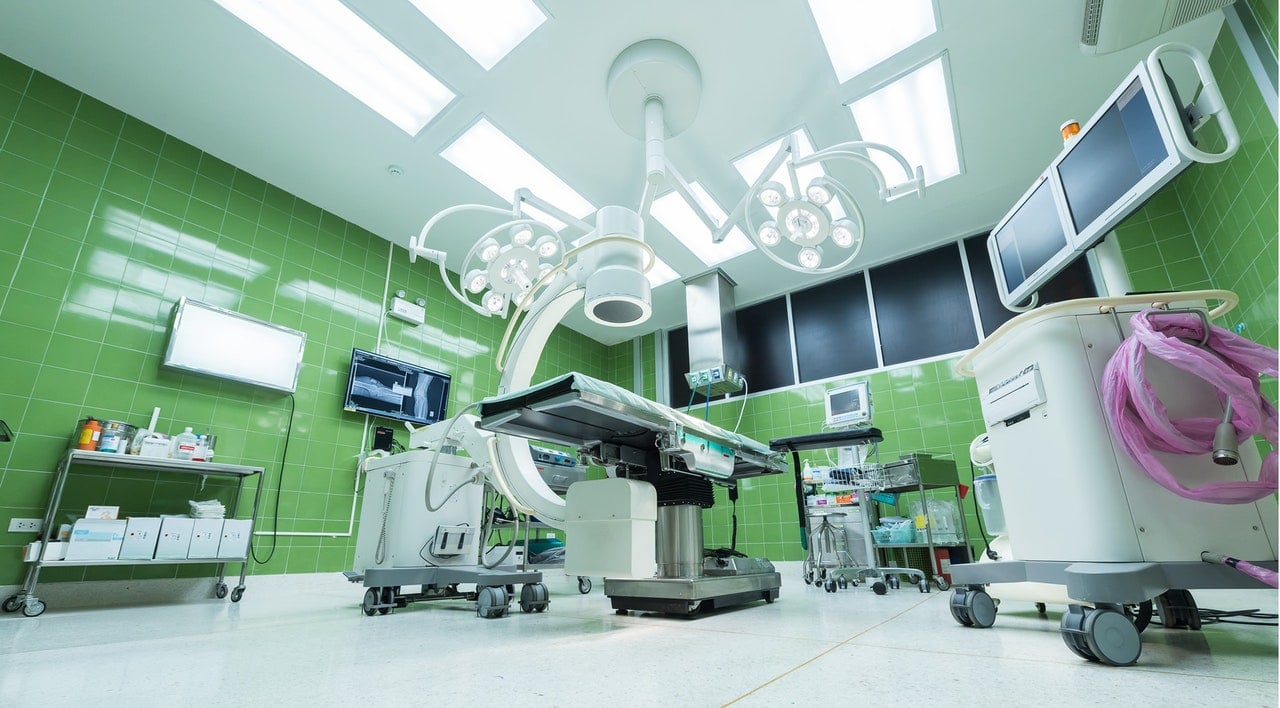Identifying and mitigating risks in a hospital is extremely important, but also extremely complex and difficult. On one hand, you want to minimize risks and potential accidents as much as possible in an environment such as a hospital. If not done properly, irreversible damage and loss of life could be the result. On the other hand, virtually every area of a hospital can be susceptible to some sort of risk, making risk management in a hospital extremely complex, difficult, and costly. Before you can even worry about things such as medical eligibility checks or satisfying your patients, you need to ensure that both your patients and employees are operating in a risk-free environment. Fortunately, there are some practices that hospitals can employ in order to mitigate risks, without driving costs through the roof. Here are some of the best practices for hospital risk management.
IMAGE: PEXELS
Improve Culture
Improving your hospital’s culture can be a very effective way of mitigating risks that occur in the hospital. The culture should be strict with a policy for no-nonsense, ensuring that everyone is focused on the task at hand and is very careful. However, you can’t be too harsh on your employees. Angry and dissatisfied employees are more likely to become distracted by emotion, which could lead to oversights when it comes to risk management. Not only are unhappy employees more likely to make mistakes, but they also are less productive and more likely to leave for other opportunities. Many risks can be avoided by simply ensuring that your employees are happy, satisfied, and all on the same page.
Enhance Training
One of the best and easiest ways to improve your hospital’s risk management skills is to ensure that all of them are properly trained. Panic and disorganization is naturally going to occur when disaster strikes, but proper training can counterbalance this. By ensuring your employees are ready for whatever is thrown at them, you are reducing the consequences of a potential failure. Training your employees properly ensures that they practice safe habits and are much more careful, thus reducing the risk of any potential failure occurring. In addition, properly trained employees are much more likely to react in a calm and calculated manner when disaster strikes, something that could mean the difference between life and death.
Implement Routine Checkups
Implementing routine risk assessment checkups throughout the hospital is a great way to stay ahead of any risks or accidents that could occur in the hospital. Have a dedicated team whose sole purpose is to identify potential shortcomings in the hospital’s risk management systems. By ensuring that this team is always actively looking for slip-ups, you are increasing the likelihood that a potential risk or hazard could be discovered before someone gets seriously hurt. Identifying potential failures before they happen could save lives, which is why each department of the hospital should have a dedicated risk assessment team. It may seem like this is costly, over-the-top, and unnecessary, but saving lives is always worth it.
If you are interested in even more business-related articles and information from us here at Bit Rebels then we have a lot to choose from.


COMMENTS